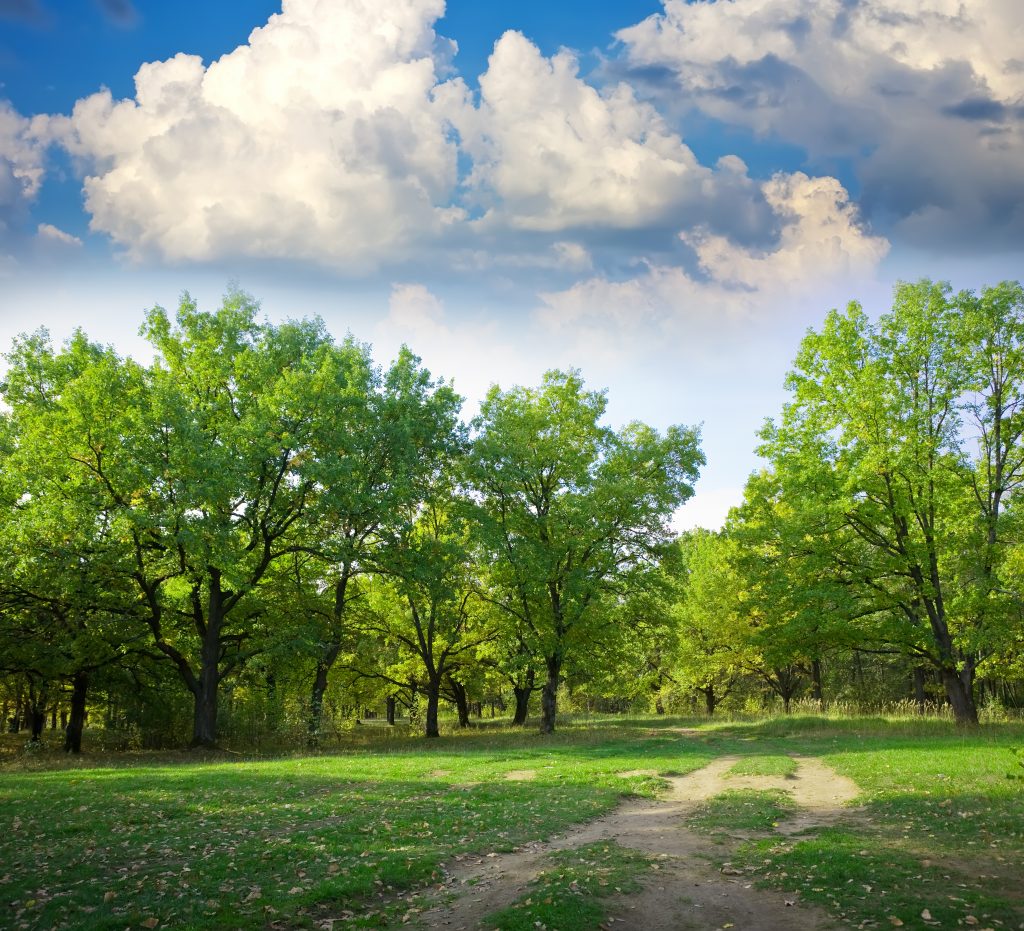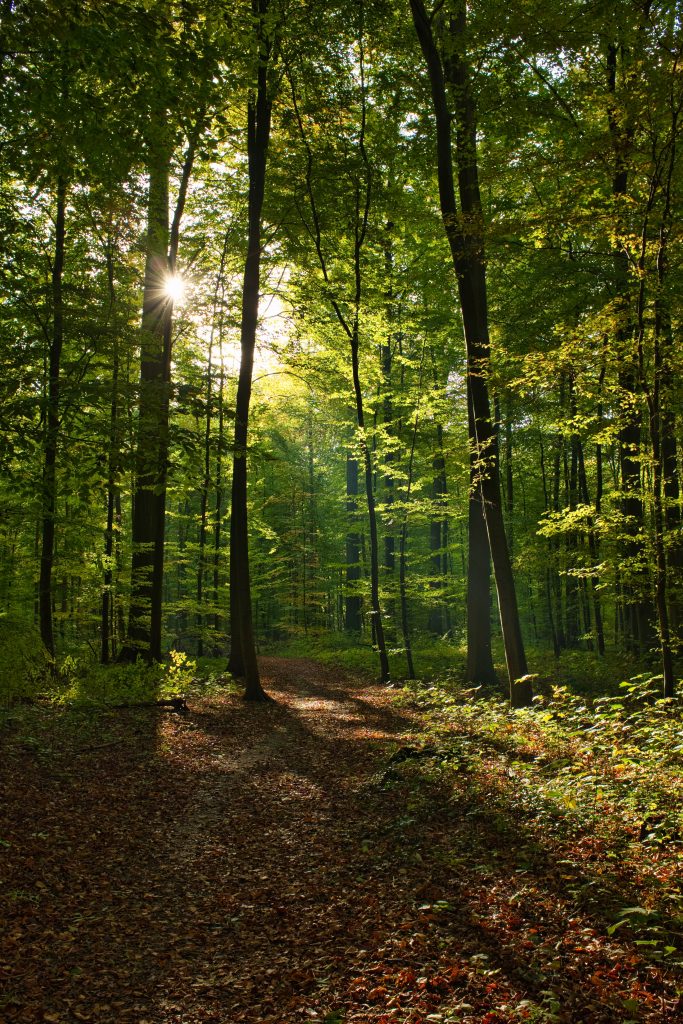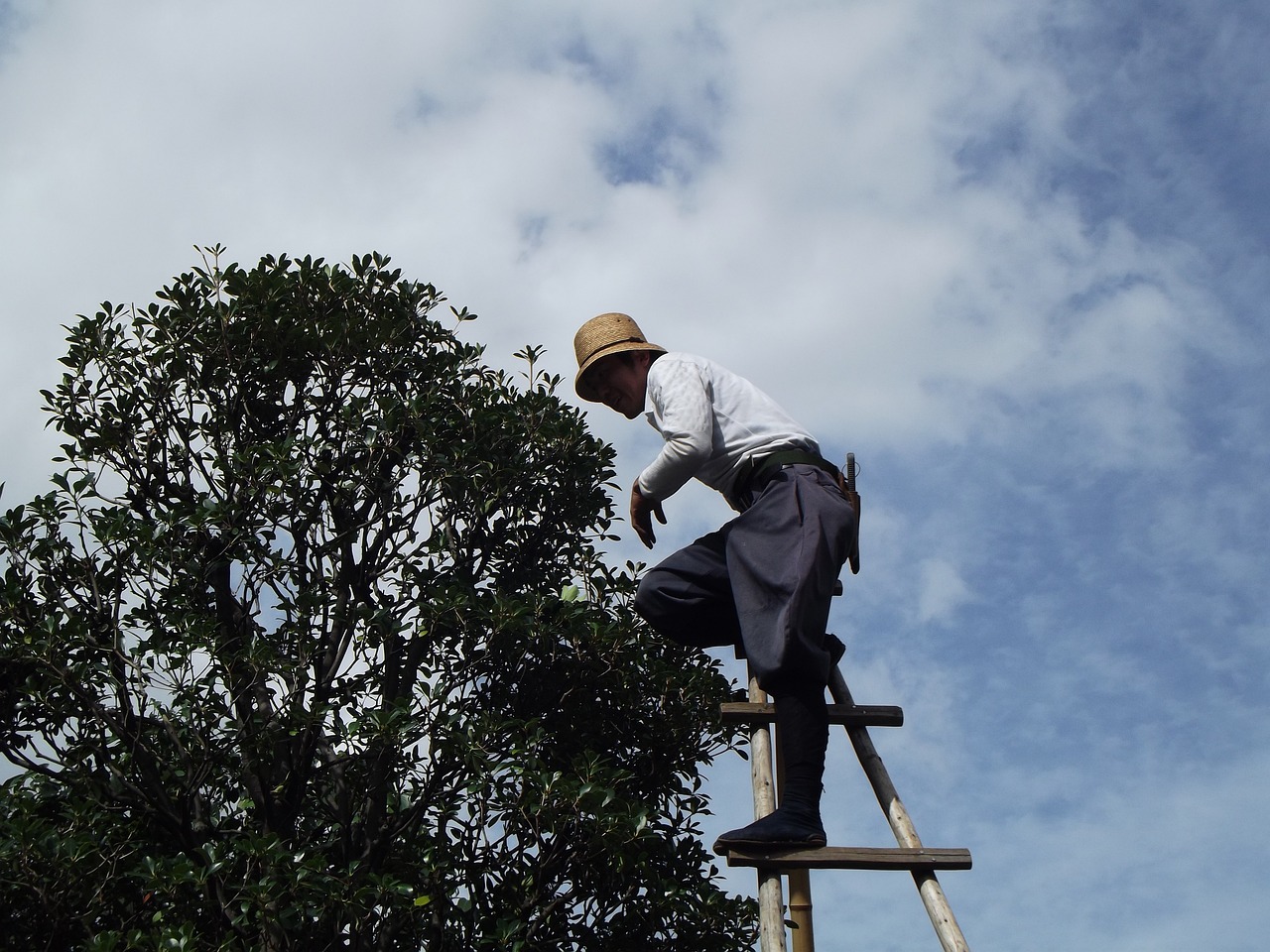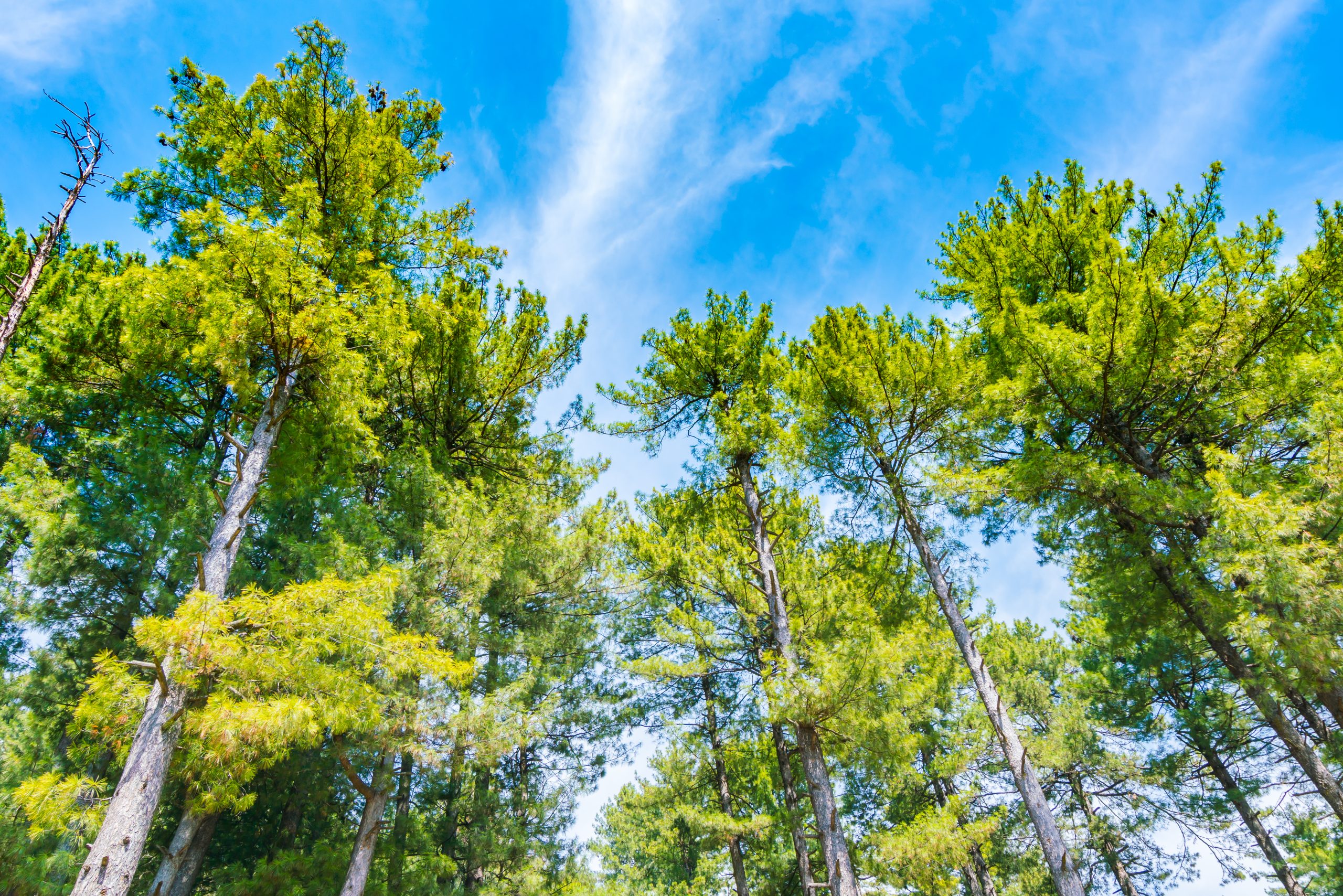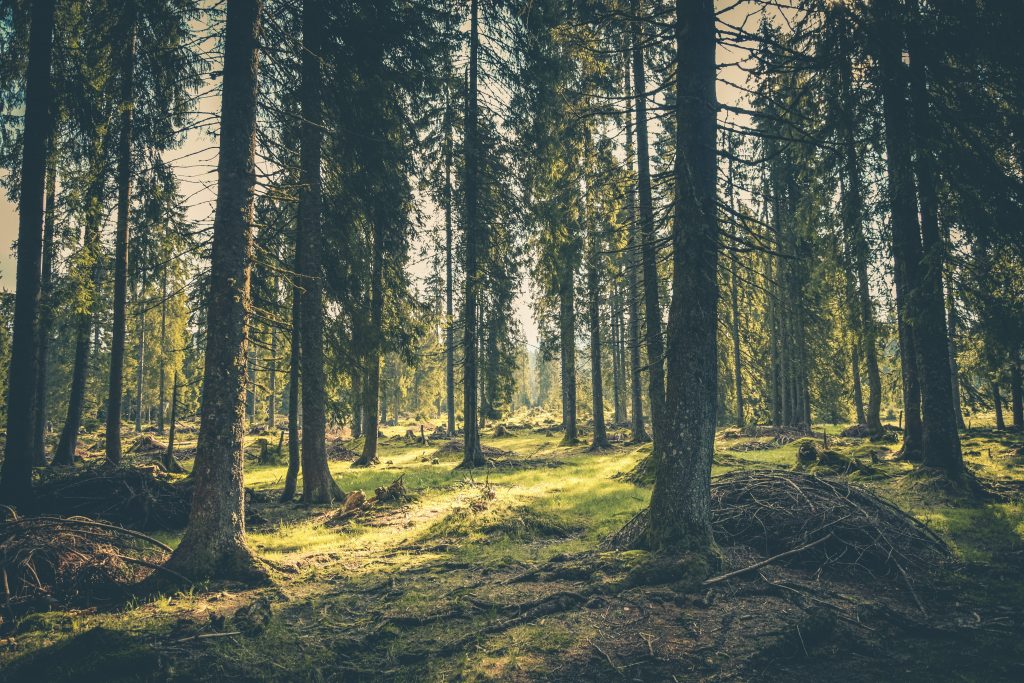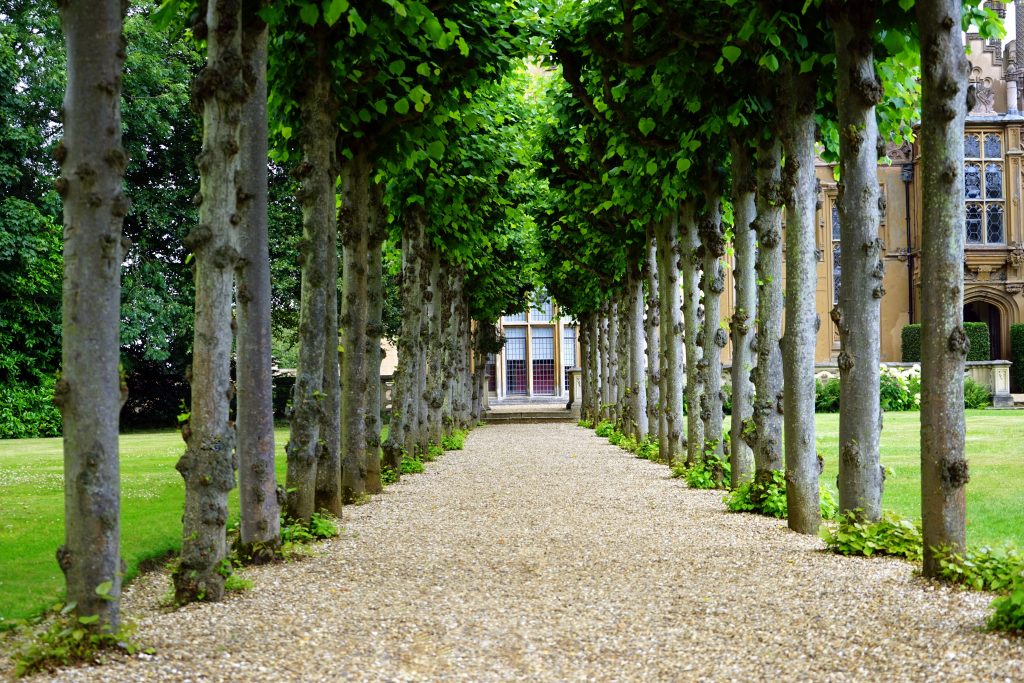ENCOURAGING SUSTAINABLE TREE CARE PRACTICES FOR BUSINESS OWNERS
ENCOURAGING SUSTAINABLE TREE CARE PRACTICES FOR BUSINESS OWNERS
Sustainable tree care practices are of paramount importance for businesses for several compelling reasons. Trees not only enhance the visual appeal of business landscapes but also play a crucial role in supporting environmental sustainability, improving brand image, and fostering positive relationships with customers, employees, and the local community. Here’s an explanation of the importance of sustainable tree care practices for businesses:
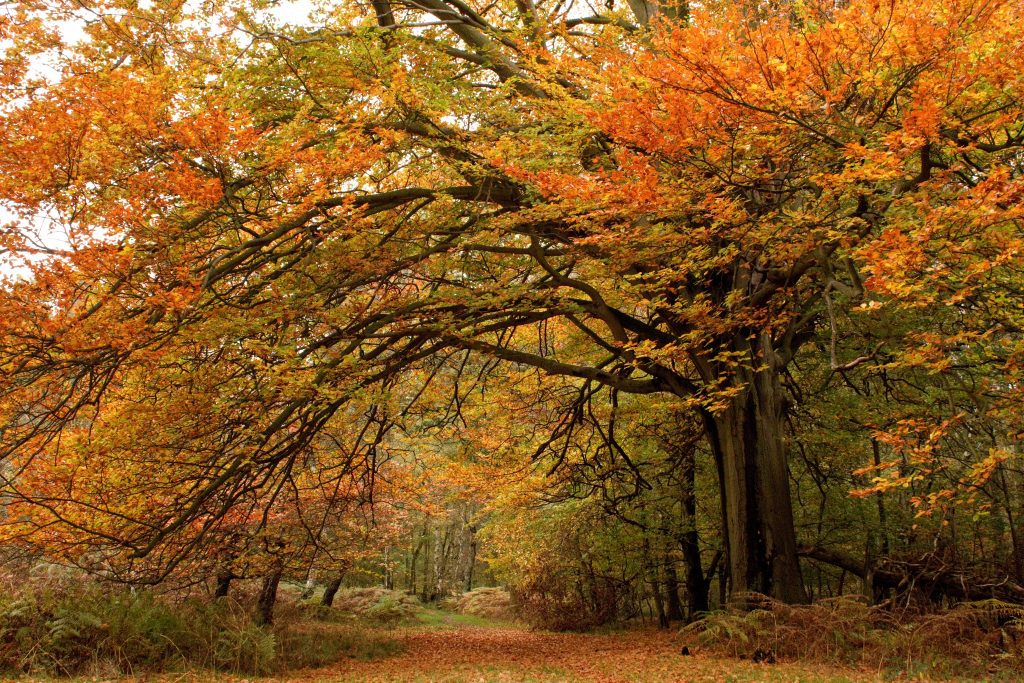
- Enhanced Aesthetics and Brand Image: Well-maintained trees contribute to an attractive and inviting business environment. A visually appealing landscape reflects positively on a business’s brand image, creating a welcoming atmosphere for customers, clients, and visitors.
- Customer Experience and Employee Well-Being: Trees provide shade, reduce noise, and create comfortable outdoor spaces for customers and employees. A green and natural environment fosters a sense of well-being, improving the overall experience and satisfaction of those interacting with the business.
- Energy Efficiency and Climate Mitigation: Strategically planted trees can provide natural cooling through shading and reducing energy consumption for air conditioning. Trees also absorb carbon dioxide, helping mitigate the business’s carbon footprint and contributing to climate resilience.
- Contributions to Local Ecosystems: Trees support local ecosystems by providing habitats for birds, insects, and other wildlife. By promoting biodiversity, businesses contribute to the overall health of the environment.
- Long-Term Cost Savings: Sustainable tree care practices lead to healthier and more resilient trees, reducing the need for costly interventions, such as emergency tree removal. Energy savings from shade and improved heating and cooling can also translate into significant financial benefits.
- Positive Community Impact: Businesses that prioritize sustainability and green initiatives are likely to earn the respect and appreciation of the local community. Sustainable tree care demonstrates a commitment to environmental responsibility, which can strengthen community ties.
- Legal and Liability Considerations: Neglecting tree care can lead to accidents, injuries, and property damage, resulting in legal liabilities. Adopting sustainable tree care practices helps mitigate these risks and demonstrates a commitment to safety.
- Future-Proofing the Landscape: Well-maintained and sustainable landscapes are more resilient to environmental changes, such as extreme weather events and climate shifts. This proactive approach ensures that the business landscape remains appealing and functional over time.
- Innovation and Differentiation: Implementing sustainable tree care practices can set a business apart from competitors and position it as an innovative and forward-thinking organization. It sends a message that the business is dedicated to responsible environmental stewardship.
- Educational Opportunities: Engaging in sustainable tree care practices provides opportunities for educational initiatives. Businesses can educate employees, customers, and the community about the importance of environmental sustainability.
- Employee Engagement and Morale: Businesses that prioritize sustainability often enjoy increased employee satisfaction and engagement. Employees are more likely to feel proud of their workplace’s commitment to making a positive impact on the environment.
- Long-Term Benefits: Sustainable tree care practices lead to healthier, more vibrant trees that can thrive for decades. The legacy of well-cared-for trees contributes to the beauty and ecological integrity of the area for generations to come.
In summary, sustainable tree care practices align with a business’s commitment to environmental responsibility, customer satisfaction, and community engagement. By investing in the health and well-being of trees, businesses can reap numerous benefits that positively impact their brand image, bottom line, and the broader environment.
Benefits Of Integrating Trees Into Business Landscapes
Integrating trees into business landscapes offers a range of benefits that go beyond mere aesthetics. Trees play a vital role in enhancing the overall environment, improving the well-being of employees and customers, and contributing to a more sustainable and appealing business image. Here are the key benefits of incorporating trees into business landscapes:
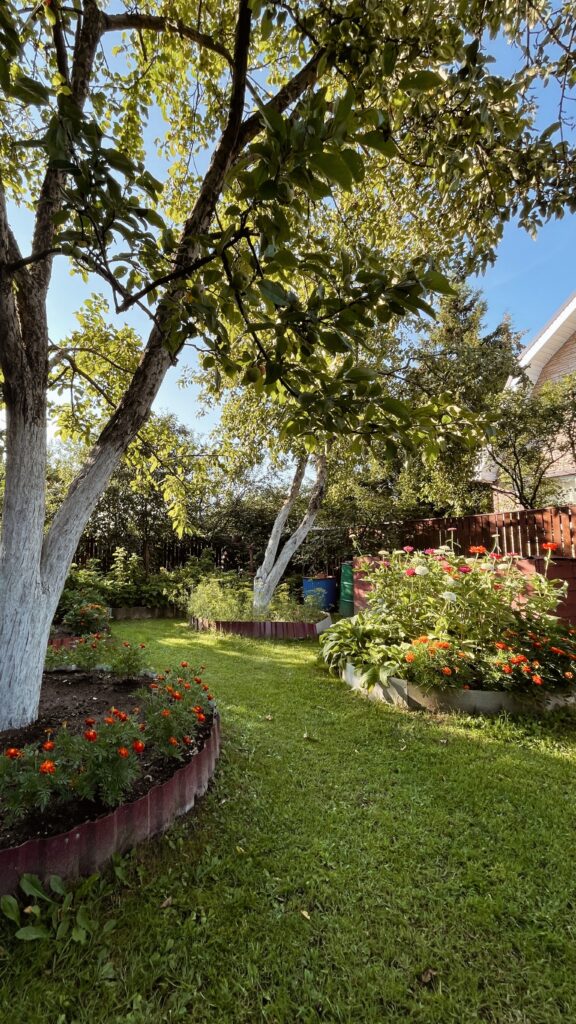
- Enhanced Visual Appeal: Trees add natural beauty and visual interest to business landscapes, creating an attractive and inviting ambiance that can leave a lasting impression on clients, customers, and visitors.
- Improved Brand Image: A well-maintained and green landscape sends a message of environmental responsibility and care, enhancing the business’s reputation and brand image as a socially conscious and forward-thinking entity.
- Natural Cooling and Energy Efficiency: Trees provide shade, reducing the need for excessive air conditioning during hot months. This natural cooling effect can significantly lower energy consumption, leading to cost savings and a smaller carbon footprint.
- Increased Employee Productivity: Access to green spaces and nature has been linked to improved mental well-being, reduced stress, and increased productivity among employees. Trees create relaxing outdoor areas where employees can take breaks and recharge.
- Noise Reduction: Trees act as natural sound barriers, absorbing and deflecting noise from nearby roads, construction, or other disturbances, creating a more peaceful and focused work environment.
- Customer Attraction and Retention: A well-landscaped area with trees can attract more foot traffic and customers, as people are drawn to visually appealing and comfortable spaces. This can lead to increased customer retention and repeat business.
- Positive First Impressions: Trees create a positive first impression for potential clients, customers, and partners. A well-groomed landscape demonstrates attention to detail and professionalism, setting a positive tone for business interactions.
- Outdoor Meeting Spaces: Trees provide shaded areas that can be used for outdoor meetings, lunches, or informal gatherings. Such spaces contribute to a more dynamic and engaging work environment.
- Air Quality Improvement: Trees help filter pollutants from the air, enhancing indoor and outdoor air quality. This leads to a healthier and more comfortable workspace for employees and a cleaner environment for everyone.
- Erosion Control: Tree roots help stabilize soil and prevent erosion. This can be particularly beneficial for businesses located on sloped terrain or areas prone to soil erosion.
- Natural Privacy Screens: Trees strategically planted around a business property can create natural privacy screens, enhancing the sense of seclusion and security for employees and customers.
- Positive Community Impact: Trees contribute to the overall greenery of a community, making the business an integral part of its environmental fabric. This fosters goodwill among neighbors and the local community.
- Educational and Marketing Opportunities: Businesses can use their tree integration efforts as a platform to educate customers, employees, and the community about environmental sustainability. It can be an effective marketing tool that showcases the business’s commitment to responsible practices.
In conclusion, integrating trees into business landscapes offers a multitude of benefits that go beyond aesthetics. Trees contribute to a healthier, more productive, and more appealing environment that enhances the well-being of employees, attracts customers, and positively influences the business’s brand image and overall success.
Understanding Sustainable Tree Care
Sustainable tree care refers to the practice of managing trees in a way that balances the needs of the trees with the needs of the environment, people, and the surrounding ecosystem. It involves adopting responsible and environmentally-friendly methods to promote the health, longevity, and safety of trees while minimizing negative impacts on the ecosystem and community. Sustainable tree care recognizes the intrinsic value of trees and aims to ensure their continued vitality for generations to come.
Key principles and components of sustainable tree care include:
- Preservation and Conservation: Sustainable tree care prioritizes the preservation of existing trees whenever possible. This includes avoiding unnecessary tree removal and considering alternatives such as pruning, bracing, or cabling to address safety or health concerns.
- Native Species Selection: Choosing native or well-adapted tree species for landscaping promotes biodiversity and reduces the risk of introducing invasive species. Native trees are better suited to local climate and soil conditions, requiring less maintenance and resources.
- Proper Planting and Establishment: Sustainable practices begin at the planting stage. Proper planting techniques ensure that trees establish strong root systems, reducing the likelihood of future health issues.
- Soil Health Management: Healthy soil is essential for tree growth and vitality. Sustainable tree care practices include soil testing, appropriate fertilization, and mulching to improve soil structure, nutrient availability, and water retention.
- Water Efficiency: Sustainable tree care emphasizes efficient watering practices. These practices aim to minimize water waste while providing trees with the necessary hydration to support their health.
- Integrated Pest Management (IPM): IPM involves monitoring and managing pests using a holistic approach that minimizes the use of chemical pesticides. It includes practices such as introducing beneficial insects and maintaining a healthy tree environment to naturally deter pests.
- Pruning and Maintenance: Regular and proper pruning helps maintain tree structure, remove deadwood, and improve air circulation. Sustainable pruning practices focus on maintaining tree health while minimizing negative impacts.
- Disease Management: Sustainable tree care involves early detection and management of diseases through monitoring, proper sanitation, and targeted treatments to prevent the spread of pathogens.
- Safety and Risk Assessment: Identifying and addressing potential hazards ensures the safety of people and property. Sustainable tree care emphasizes proactive measures to mitigate risks associated with falling branches or trees.
- Educational Outreach: Businesses and communities play a role in promoting sustainable tree care by educating employees, residents, and stakeholders about the value of trees, proper care practices, and the benefits of preserving local ecosystems.
- Long-Term Planning: Sustainable tree care takes a proactive approach to tree management, focusing on long-term health and vitality rather than short-term fixes. It involves developing management plans that guide care and maintenance over time.
- Environmental Stewardship: Sustainable tree care aligns with broader environmental goals by contributing to carbon sequestration, improving air and water quality, and supporting local ecosystems.
In summary, sustainable tree care is a holistic approach that seeks to balance the well-being of trees, the environment, and the community. By incorporating responsible practices into tree management, individuals, businesses, and communities contribute to a healthier and more resilient urban environment while ensuring the long-term survival and benefits of trees.
About Murray, Utah
Murray is a city situated on the Wasatch Front in the core of Salt Lake Valley in the U.S. state of Utah. Named for territorial governor Eli Murray, it is the state's fourteenth largest city. According to the 2020 census, Murray had a population of 50,637. Murray shares borders with Taylorsville, Holladay, South Salt Lake and West Jordan, Utah. Once teeming with heavy industry, Murray's industrial sector now has little trace and has been replaced by major mercantile sectors. Known for its central location in Salt Lake County, Murray has been called the Hub of Salt Lake County. Unlike most of its neighboring communities, Murray operates its own police, fire, power, water, library, and parks and recreation departments and has its own school district. While maintaining many of its own services, Murray has one of the lowest city tax rates in the state.
Neighborhoods in Murray, Utah
Murray Oakes, Grant Park, Southwood Park, Murray Park, Murray Park Restrooms, Willow Pond Park, Neighborhood Veterinary Care
Things To Do in Murray, Utah
Bus Stops in Murray, Utah to Truco Services, Inc.
Bus Stop in Murray Central Station (Bay C) Murray, Utah to Truco Services, Inc.
Bus Stop in State St @ 4801 S Murray, Utah to Truco Services, Inc.
Bus Stop in Murray North Station Murray, Utah to Truco Services, Inc.
Bus Stop in State St @ 4949 S Murray, Utah to Truco Services, Inc.
Bus Stop in Murray Central Frontrunner/Trax Station Murray, Utah to Truco Services, Inc.
Bus Stop in Murray Blvd / Vine St (SB) Murray, Utah to Truco Services, Inc.
Bus Stop in State St @ 3925 S Murray, Utah to Truco Services, Inc.
Bus Stop in State St @ 4824 S Murray, Utah to Truco Services, Inc.
Bus Stop in State St @ 5223 S Murray, Utah to Truco Services, Inc.
Bus Stop in Murray Blvd / Allendale Dr (NB) Murray, Utah to Truco Services, Inc.
Bus Stop in Murray Blvd @ 5039 S Murray, Utah to Truco Services, Inc.
Bus Stop in State St @ 4721 S Murray, Utah to Truco Services, Inc.
Driving Directions in Murray, Utah to Truco Services, Inc.
Driving Directions from Woodruff Tree Trimming and Removal to 4640 Commerce Dr, Murray, UT 84107, USA
Driving Directions from Reliable Tree Care to 4640 Commerce Dr, Murray, UT 84107, USA
Driving Directions from Tree Pro-Tech to 4640 Commerce Dr, Murray, UT 84107, USA
Driving Directions from Prestige Tree And Landscape to 4640 Commerce Dr, Murray, UT 84107, USA
Driving Directions from Excellence Tree & Landscape to 4640 Commerce Dr, Murray, UT 84107, USA
Driving Directions from Amen Trees to 4640 Commerce Dr, Murray, UT 84107, USA
Driving Directions from Tim's Tree Care to 4640 Commerce Dr, Murray, UT 84107, USA
Driving Directions from Jordan Tree Service - Murray to 4640 Commerce Dr, Murray, UT 84107, USA
Driving Directions from Arbor Works to 4640 Commerce Dr, Murray, UT 84107, USA
Driving Directions from Diamond Tree Experts to 4640 Commerce Dr, Murray, UT 84107, USA
Driving Directions from Green Tree Arborist to 4640 Commerce Dr, Murray, UT 84107, USA
Driving Directions from TruCo Services to 4640 Commerce Dr, Murray, UT 84107, USA
Reviews for Truco Services, Inc. Murray, Utah
Emily Abercrombie
We had a great experience with TruCo! They were well priced, responsive and prompt. Michael was a pleasure to work with and gave us advice on which plants to put in where we took out our ugly old shrubs. I would highly recommend this company!!!
Michelle Turpin
TruCo Services gets 5 stars from us for customer service. We experienced a few issues with their services this last year and Rob Eccles in senior management, stepped in and immediately handled our issues. He was very committed to making sure they understood our expectations and would execute to make us happy.
Siobhan Billingsley
I work for a property management company and have the pleasure of working with Rob at a community in Sandy. He has been incredible to work with and always responds in a timely manner. He knows all the homeowners by name and address and is aware of all the "problem" areas when it comes to sprinklers. I never have to worry about following up with him because he always reaches out to provide me with an update. If you're looking to work with someone who takes pride in their job, is professional, and can solve the worst landscaping problems thrown your way, Rob is your guy. Thank you, Rob for all you do!
Jaime S.
We have used Truco at 2 of the complexes we manage, they have been great to work with. Good quality service, outstanding customer service with good communication. That's hard to find these days. I highly recommend them. Travis has been awesome to work with.
Jerusha Smart
We use TruCo for a majority of our properties and our home. While other landscaping companies we use come and go for various reasons like cost, communication issues, work performance, etc., TruCo is always consistent in price and work. Also, Rob is the best.

